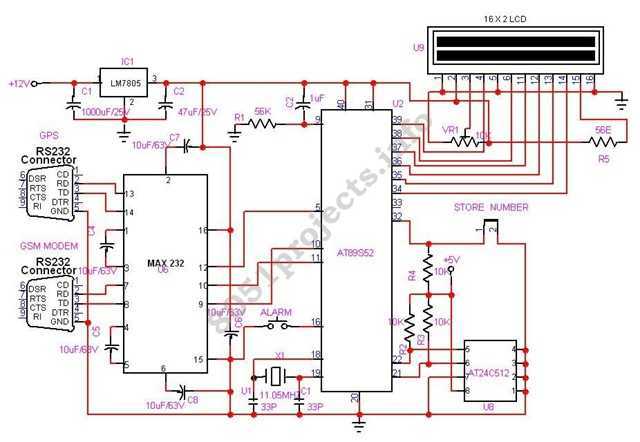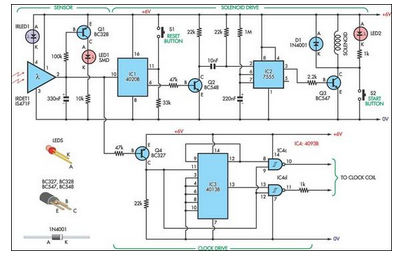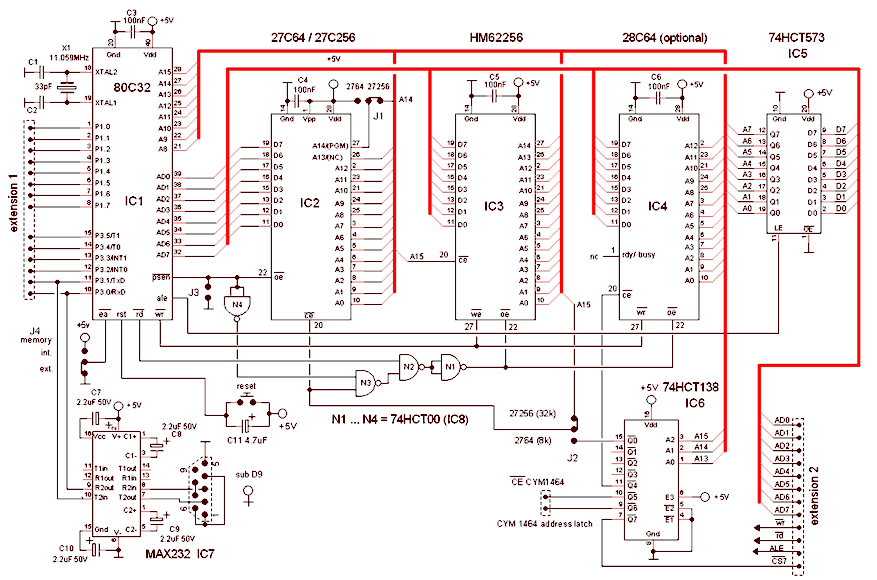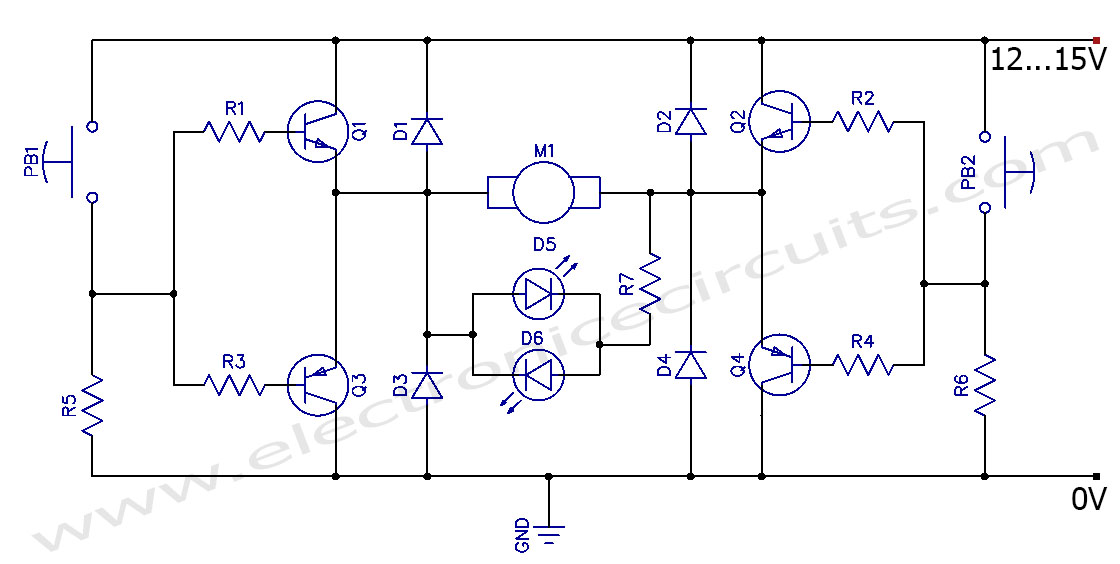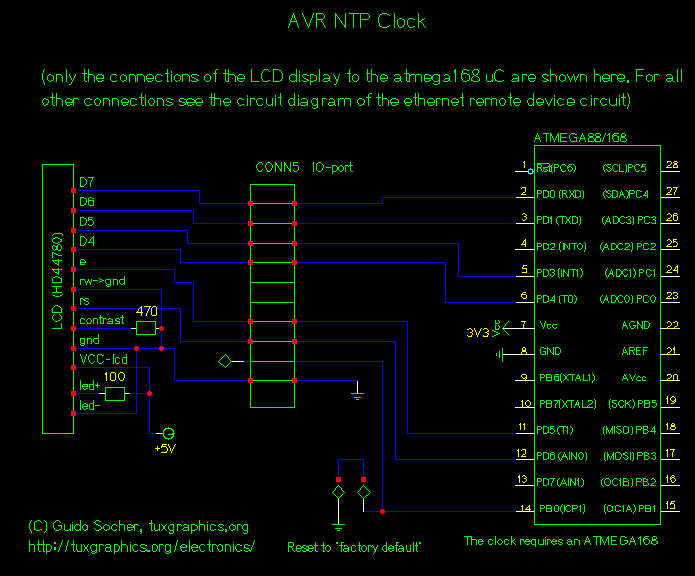
GPS Synchronised Clock
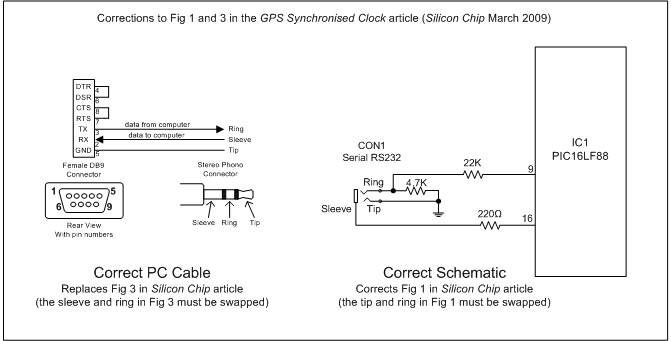
This project replaces the electronics in a standard quartz wall clock with a circuit that uses GPS satellites to obtain precise time.
The proposed project involves the modification of a conventional quartz wall clock by integrating a GPS-based timing circuit. The standard quartz clock mechanism, which relies on a quartz crystal oscillator to maintain time, is replaced with a GPS receiver module capable of receiving signals from GPS satellites. This transition enables the clock to achieve high accuracy in timekeeping, as GPS satellites provide time signals that are synchronized to Coordinated Universal Time (UTC).
The GPS clock circuit typically consists of several key components: a GPS receiver, a microcontroller, a display driver, and the clock's display mechanism (such as an LCD or LED). The GPS receiver captures time data from multiple satellites and processes this information to extract the precise time. The microcontroller interprets the GPS data, converting it into a format suitable for display.
Power supply considerations are crucial; the circuit may require a stable DC power source, which can be provided by batteries or an AC adapter, depending on the design. Additionally, the circuit should include voltage regulation to ensure that all components operate within their specified voltage ranges.
For enhanced functionality, features such as automatic daylight saving time adjustments and the ability to update the clock's time zone settings can be implemented. Furthermore, the design may incorporate a backup battery to maintain timekeeping even during power outages.
The integration of GPS technology into a wall clock not only improves time accuracy but also reduces the need for manual adjustments, making it a reliable solution for both residential and commercial applications.This project replaces the electronics in a standard quartz wall clock with a circuit that uses GPS satellites to get the precise time.. 🔗 External reference
The proposed project involves the modification of a conventional quartz wall clock by integrating a GPS-based timing circuit. The standard quartz clock mechanism, which relies on a quartz crystal oscillator to maintain time, is replaced with a GPS receiver module capable of receiving signals from GPS satellites. This transition enables the clock to achieve high accuracy in timekeeping, as GPS satellites provide time signals that are synchronized to Coordinated Universal Time (UTC).
The GPS clock circuit typically consists of several key components: a GPS receiver, a microcontroller, a display driver, and the clock's display mechanism (such as an LCD or LED). The GPS receiver captures time data from multiple satellites and processes this information to extract the precise time. The microcontroller interprets the GPS data, converting it into a format suitable for display.
Power supply considerations are crucial; the circuit may require a stable DC power source, which can be provided by batteries or an AC adapter, depending on the design. Additionally, the circuit should include voltage regulation to ensure that all components operate within their specified voltage ranges.
For enhanced functionality, features such as automatic daylight saving time adjustments and the ability to update the clock's time zone settings can be implemented. Furthermore, the design may incorporate a backup battery to maintain timekeeping even during power outages.
The integration of GPS technology into a wall clock not only improves time accuracy but also reduces the need for manual adjustments, making it a reliable solution for both residential and commercial applications.This project replaces the electronics in a standard quartz wall clock with a circuit that uses GPS satellites to get the precise time.. 🔗 External reference
